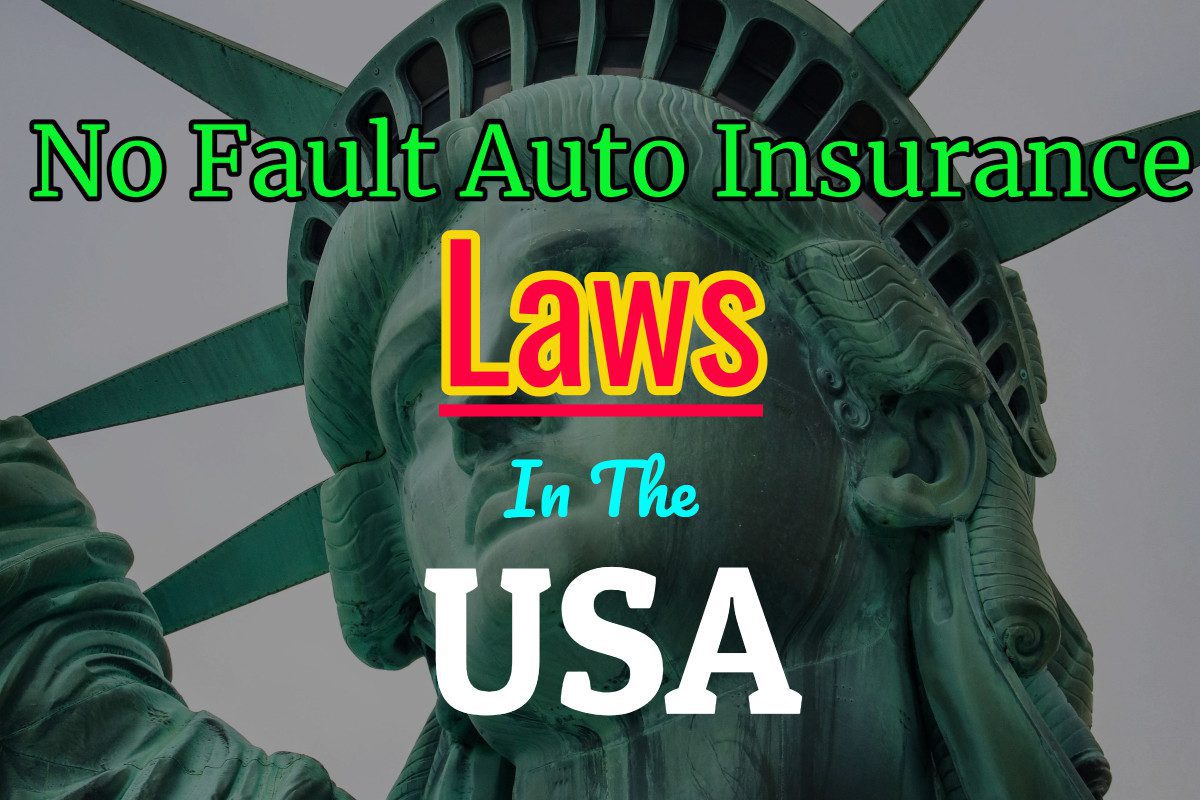
Understanding No-Fault Insurance Laws in the United States
No-Fault Insurance Laws: What You Need to Know
As a driver in the United States, understanding no-fault auto insurance laws is crucial. These laws determine how insurance claims are handled after an accident.
This comprehensive guide will explore the ins and outs of no-fault insurance, its benefits and drawbacks, and how it works in different states.
What is No-Fault Insurance?
A Brief Overview
No-fault insurance, also known as personal injury protection (PIP), is a type of car insurance coverage that helps pay for medical expenses, lost wages, and other damages incurred by you or your passengers in an accident, regardless of who’s at fault.
The Purpose of No-Fault Insurance
The main goal of no-fault insurance is to reduce the number of lawsuits filed after car accidents. Providing quick compensation to accident victims aims to streamline the claims process and lower overall costs for insurance companies.
The Pros and Cons of No-Fault Insurance
Advantages
- Faster compensation: Victims receive payments for their injuries without waiting for lengthy court proceedings.
- Reduced litigation: By eliminating the need to determine fault, no-fault insurance reduces the number of lawsuits and overall legal expenses.
- Simplified claims process: No-fault insurance simplifies the claims process, making it easier for victims to receive compensation.
Disadvantages
- Limited compensation: No-fault insurance doesn’t cover property damage or non-economic damages, like pain and suffering.
- Higher premiums: In some states, no-fault insurance can lead to higher insurance premiums for drivers.
- Potential for abuse: The ease of filing a claim may encourage fraudulent claims, driving up insurance costs for everyone.
No-Fault Insurance Laws by State
States with No-Fault Insurance
Currently, 12 states and Puerto Rico have no-fault insurance laws. These states are:
- Florida
- Hawaii
- Kansas
- Kentucky
- Massachusetts
- Michigan
- Minnesota
- New Jersey
- New York
- North Dakota
- Pennsylvania
- Utah
States with Optional No-Fault Insurance
In some states, no-fault insurance is available as optional coverage. These states include:
- Arkansas
- Delaware
- Maryland
- New Hampshire
- Oregon
- South Dakota
- Texas
- Virginia
- Washington
How No-Fault Insurance Works
Filing a Claim
In no-fault states, you file a claim with your insurance company after an accident. Your insurer will then pay for your medical expenses and lost wages up to your PIP coverage limit.
When Can You Sue?
Even in no-fault states, victims can sometimes sue the at-fault driver for non-economic damages if their injuries are severe enough. Each state has its threshold for allowing such lawsuits, typically based on the severity of the injuries or the cost of medical treatment.
Tips for Choosing No-Fault Insurance
Know Your State’s Requirements
Before purchasing no-fault insurance, familiarize yourself with your state’s specific requirements. Each state has different rules and coverage limits, so it’s essential to understand what’s required and what’s optional.
Compare Rates
Shop around and compare insurance rates from multiple providers. This can help you find the best coverage at the most affordable price.
Consider Additional Coverage
PIP coverage won’t pay for property or non-economic damages in no-fault states. You may consider purchasing additional coverage, like collision or comprehensive insurance, to ensure you’re fully protected.
Review Your Policy Periodically
Regularly reviewing your insurance policy is a good idea to ensure your coverage meets your needs. Changes in your situation, such as moving or buying a new car, may require updates to your policy.
Seek Expert Advice
If you’re unsure about your coverage, consult an insurance agent or a financial advisor. They can help you make informed decisions about your insurance needs and guide you through the process.

FAQs
What is no-fault insurance?
No-fault insurance, or personal injury protection (PIP), is a type of car insurance coverage that helps pay for medical expenses and lost wages after an accident, regardless of who’s at fault.
How does no-fault insurance differ from traditional insurance?
The at-fault driver’s insurance company compensates accident victims in traditional insurance systems. With no-fault insurance, each driver’s insurer covers their policyholder’s expenses, regardless of fault.
Which states have no-fault insurance laws?
Currently, 12 states and Puerto Rico have no-fault insurance laws. See the list above.
Can I still sue for damages in a no-fault state?
In some cases, you can sue for non-economic damages in no-fault states if your injuries are severe enough or if your medical costs exceed a certain threshold.
How do I choose the right no-fault insurance policy?
To choose the right no-fault insurance policy, familiarize yourself with your state’s requirements, compare rates from different providers, consider additional coverage, and consult with an expert if necessary.
In Conclusion
Understanding no-fault insurance laws is vital for drivers in the United States. Knowing how these laws work in your state can help you make informed decisions about your auto insurance coverage and protect yourself and your passengers in case of an accident.
